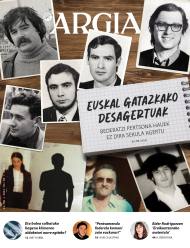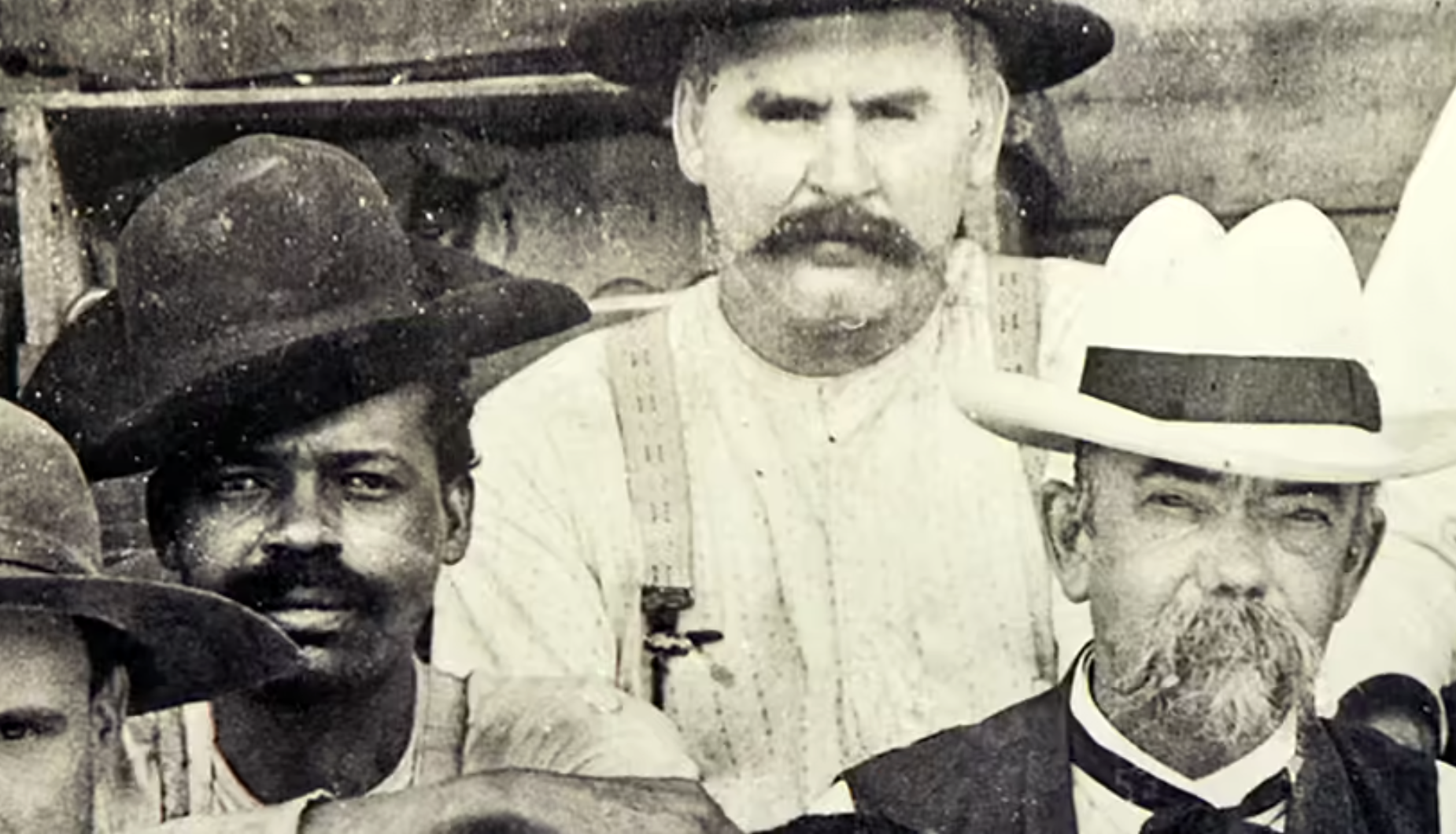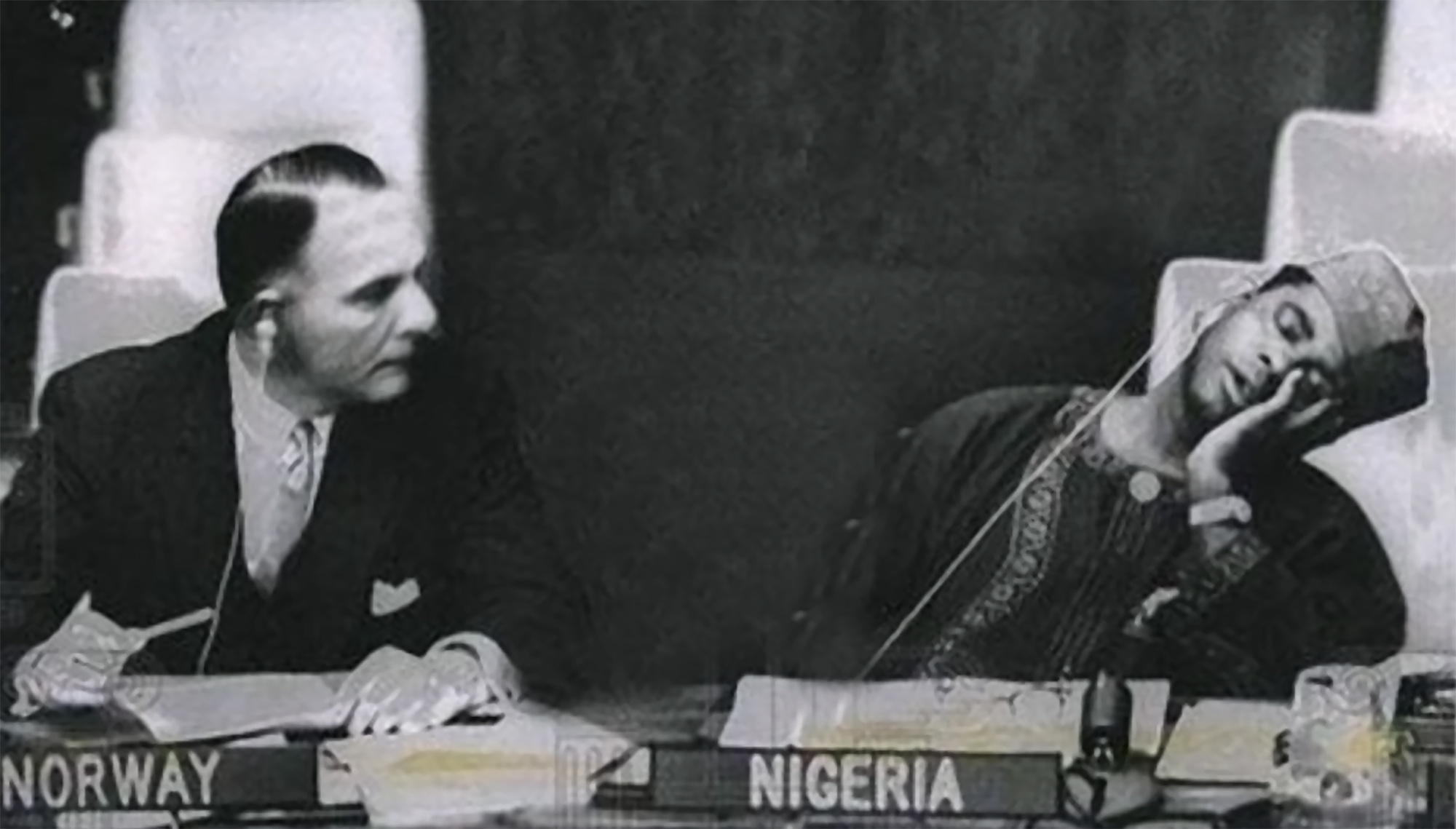37°C, limit between health and disease
- German physician Carl Reinhold August Wunderlich spent almost 20 years repeatedly measuring the body temperature of 25,000 patients.

Leipzig, Germany, 1850. Carl Reinhold August Wunderlich (1815-1877), a pioneer physician and psychiatrist, was appointed university professor and hospital director of the city. She worked in clinical pedagogy, rigorous diagnostic methodology and empirical observation of patients. He focused his attention on measuring the temperature of patients and claimed that fever was not a disease but a symptom. He promoted the use of temperature tables in hospitals and predicted with the example, repeatedly measuring the body temperature of almost 25,000 patients for almost 20 years, with about 1,000,000 data. It should be noted that temperature was taken with a thermometer of about 30 cm and that it took 20 minutes to obtain the data.
All this work concluded that it set the fever limit at an average of 37ºC. But he underlined that “mean.” Body temperature varies from one situation to another, from one person to another, and it's not a clear limit. It therefore acknowledged that the conclusion obtained had a margin of error of 1°C, i.e. the limit of fever was between 36.5°C and 37.5°C.
Some of the thermometers used by Wunderlich have been saved and researchers have observed that they were not properly calibrated
Some of the thermometers used by Wunderlich have been saved and researchers have observed that they were not properly calibrated. The doctor used to take the temperature under the arm of the patients and the result is usually lower than those taken in the mouth or anus. In addition to matching this interval, the clinical thermometers used by Wunderlich exceeded, and today we know that the mean limit of fever is slightly lower, at 36’8°C.
But the problem was not that 0.2 degree defect, but the disappearance of the margin of an established degree after so much tax work. When the work of Wunderlich was translated into English, the degrees Celsius passed to the degrees Farenheit, so the limit was set at 98.6°F. But that 1°C margin of error passed directly, a degree of Farenheit much lower than a degree of Celsius, so the translation lost about half the interval.
At the same time, Florence Nightingal (1820-1910) proclaimed the importance of statistics in medicine. Nightengland's contribution was fundamental in medicine and nursing, but the risk of generalizing statistics in the name of precision highlights the cases of body temperature. The translation resulted in the total disappearance of that reduced margin of error, and in some way the immense work of Wunderlich of 20 years.
Currently, 37°C marks the border between health and disease. And in the last two years, for many, too, the border between continuing with everyday life and having to isolate themselves for a few days.
Vietnam, February 7, 1965. The U.S. Air Force first used napalma against the civilian population. It was not the first time that gelatinous gasoline was used. It began to be launched with bombs during World War II and, in Vietnam itself, it was used during the Indochina War in... [+]
Archaeologists have discovered more than 600 engraved stones at the Vasagård site in Denmark. According to the results of the data, dating back to 4,900 years ago, it is also known that a violent eruption of a volcano occurred in Alaska at that time. The effects of this... [+]
Japan, 8th century. In the middle of the Nara Era they began to use the term furoshiki, but until the Edo Era (XVII-XIX. the 20th century) did not spread. Furoshiki is the art of collecting objects in ovens, but its etymology makes its origin clear: furo means bath and shiki... [+]
In an Egyptian mummy of 3,300 years ago, traces of Yersinia pestis, the bacterium that caused the Justinian plague in the 6th century and the Black Plague in the 14th century, have just been found.
Experts until now believed that at that time the plague had spread only in... [+]
Greenland, the end of the 10th century. The first Scandinavian explorers and settlers arrived on the island. But by the 15th century these settlements had been abandoned and the original Inuit remained. But in 1721, the missionary Hans Egede organized an expedition and the... [+]
In 2017, Indonesia and the Netherlands signed an agreement to return the heritage stolen by the European country because of colonialism for three centuries. The Indonesian responsible for the return process, Gusti Agung Wesaka Puja, explained that this agreement "was important in... [+]
Greece 1975. The country began the year as a republic, three weeks earlier, in the referendum on 8 December 1974, after the citizens decided on the end of the monarchy.
A decade earlier, in 1964, when King Paul I died, his son Constantine took the throne at the age of 23.
But... [+]
Copenhagen, 18 December 1974 At 12 noon a ferry arrived at the port, from where a group of about 100 Santa Claus landed. They brought a gigantic geese with them. The idea was to make a kind of “Trojan Goose” and, upon reaching the city, to pull the white beard costumes... [+]
Tennessee (United States), 1820. The slave Nathan Green is born, known as Nearest Uncle or Nearest Uncle. We do not know exactly when he was born and, in general, we have very little data about him until 1863, when he achieved emancipation. We know that in the late 1850s Dan... [+]
New York, 1960. At a UN meeting, Nigeria’s Foreign Minister and UN ambassador Jaja Wachucu slept. Nigeria had just achieved independence on 1 October. Therefore, Wachuku became the first UN representative in Nigeria and had just taken office.
In contradiction to the... [+]
Researchers at Johns Hopkins University have discovered several cylinders with inscriptions at the present Syrian Reservoir, the Tell Umm-el Marra. Experts believe that the signs written in these pieces of clay can be alphabetical.
In the 15th century a. The cylinders have... [+]
London 1928. At the Victoria and Albert Museum there was a very special painting: in the painting there is a black man, with wig and Levite, surrounded by books and scientific instruments. Thus it was catalogued in the Museum: “Unique satirical portrait representing a failed... [+]
Ethiopia, 24 November 1974. Lucy's skeleton was found in Hadar, one of the oldest traces of human ancestors. The Australian hominid of Australopithecus afarensis is between 3.2 and 3.5 million years old.
So they considered it the ancestor of species, the mother of all of us. In... [+]
A group of archaeologists from the University of Berkeley, California, USA. That is, men didn't launch the lances to hunt mammoths and other great mammals. That was the most widespread hypothesis so far, the technique we've seen in movies, video games ...
But the study, published... [+]

























